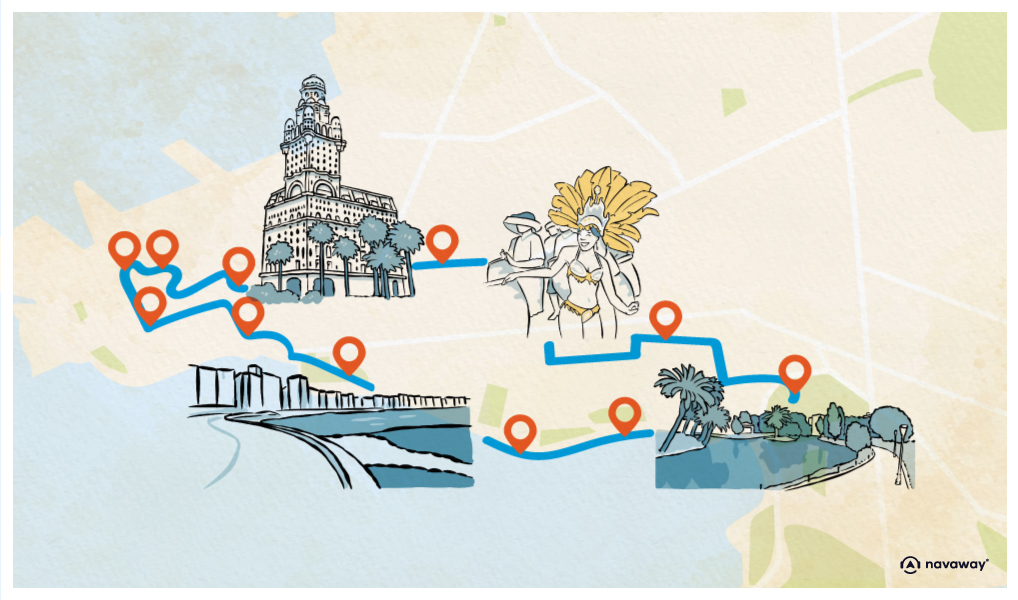
Plaza Independencia
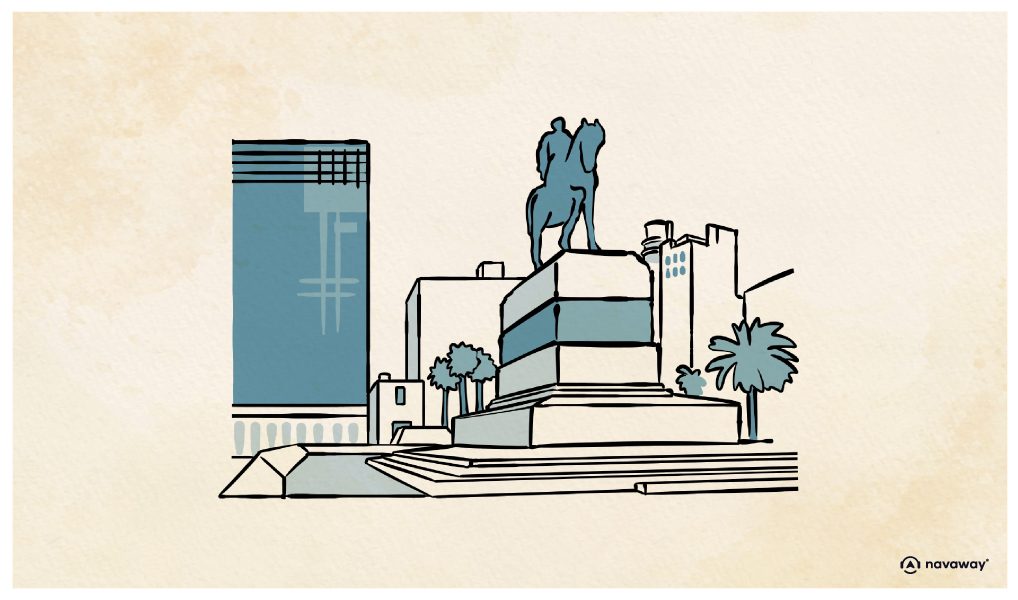
This point of interest is available as audio on the tour: Visit Montevideo, The Sixth Mountain From East to West
You’re now standing on Plaza Independencia, Independence Square, the gateway to Montevideo’s old town. This is the iconic square of Montevideo, bringing together many of the city’s key landmarks. So let’s take a moment to explore what’s around you. In front of you is the old citadel gate, a reminder that Ciudad Vieja, the historic heart of Montevideo, was once a Spanish fortress, surrounded by thick defensive walls. As the city expanded in 1877, the ramparts were torn down, giving Montevideo the space to grow beyond its stone walls. The Puerta de la Ciudadela was rebuilt on its original spot in 1959 and later restored in 2009. It now stands as a powerful symbol of Montevideo’s colonial past, of Spain’s conquest of the bay and the founding of the city’s fortress. Look across the square and you’ll see the Salvo Palace rising into the skyline, but we’ll get to that soon. To your right is the neoclassical building with columns: that’s the former Estevez Palace, now called the Independence Building. It was once private property, but the state bought it at the end of the 19th century and turned it into the seat of government. These days, it houses the Casa del Gobierno Museum, where you can learn more about Uruguayan politics. The current presidential offices are next door, in the modern Executive Tower. The official presidential residence is outside the city, though it hasn’t been used in recent years. In fact, the left-wing presidents who’ve governed Uruguay for over a decade chose not to live there at all. Behind you, you’ll find the mausoleum of General Artigas. The entrance is beneath his statue, and it’s open to the public for free. Feel free to head down there, you’ll find the remains of Uruguay’s national hero, affectionately known as the Liberator. Let me introduce you. General José Artigas was born right here in Montevideo, a descendant of one of the seven founding families of the city. He grew up among gauchos, Uruguay’s version of cowboys, and indigenous communities, learning to ride and fight from a young age, without ever imagining that he would one day shape the destiny of a continent. Artigas is considered a key figure in the independence of Uruguay and Argentina. Without diving too deep into the many battles and political shifts that marked Latin America’s path to independence, what matters most is that Artigas was a fierce defender of regional autonomy, and an opponent of centralising power in the hands of the few. He dreamed of a country built on federalist principles, inspired by the United States, rather than one modeled after the centralised European monarchies. He’s known across Latin America as the father of the poor, a title he earned by proposing sweeping agrarian reforms, aimed at redistributing land based on people’s needs, often benefiting indigenous communities. That spirit of social progress still echoes in Uruguayan politics today. So if you’d like, step down into the mausoleum and pay your respects.


Discover Montevideo with app
An interactive guide through the most beautiful streets, squares, and districts
19 fun audioguides full of historical facts, anecdotes, and legends
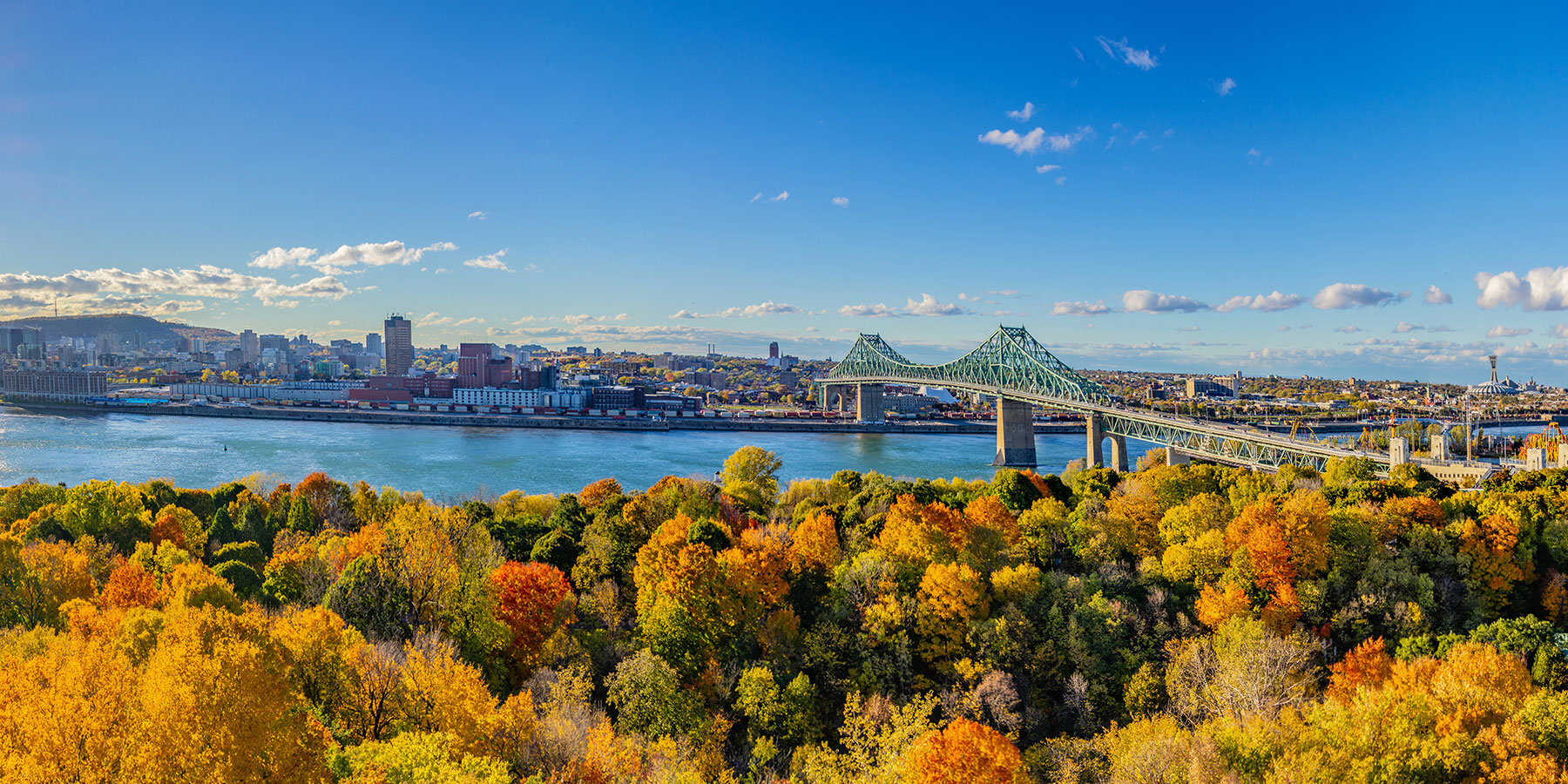
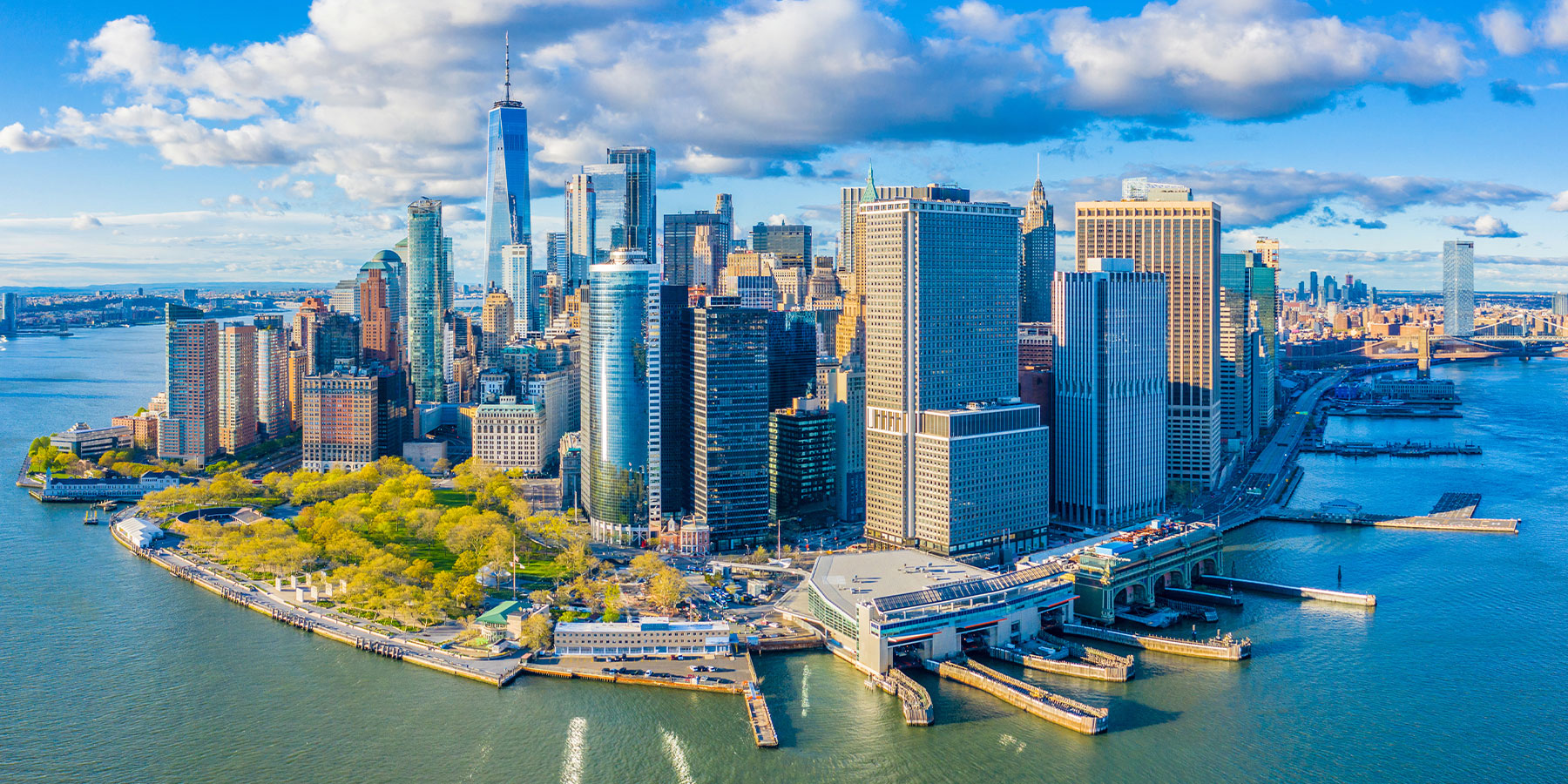
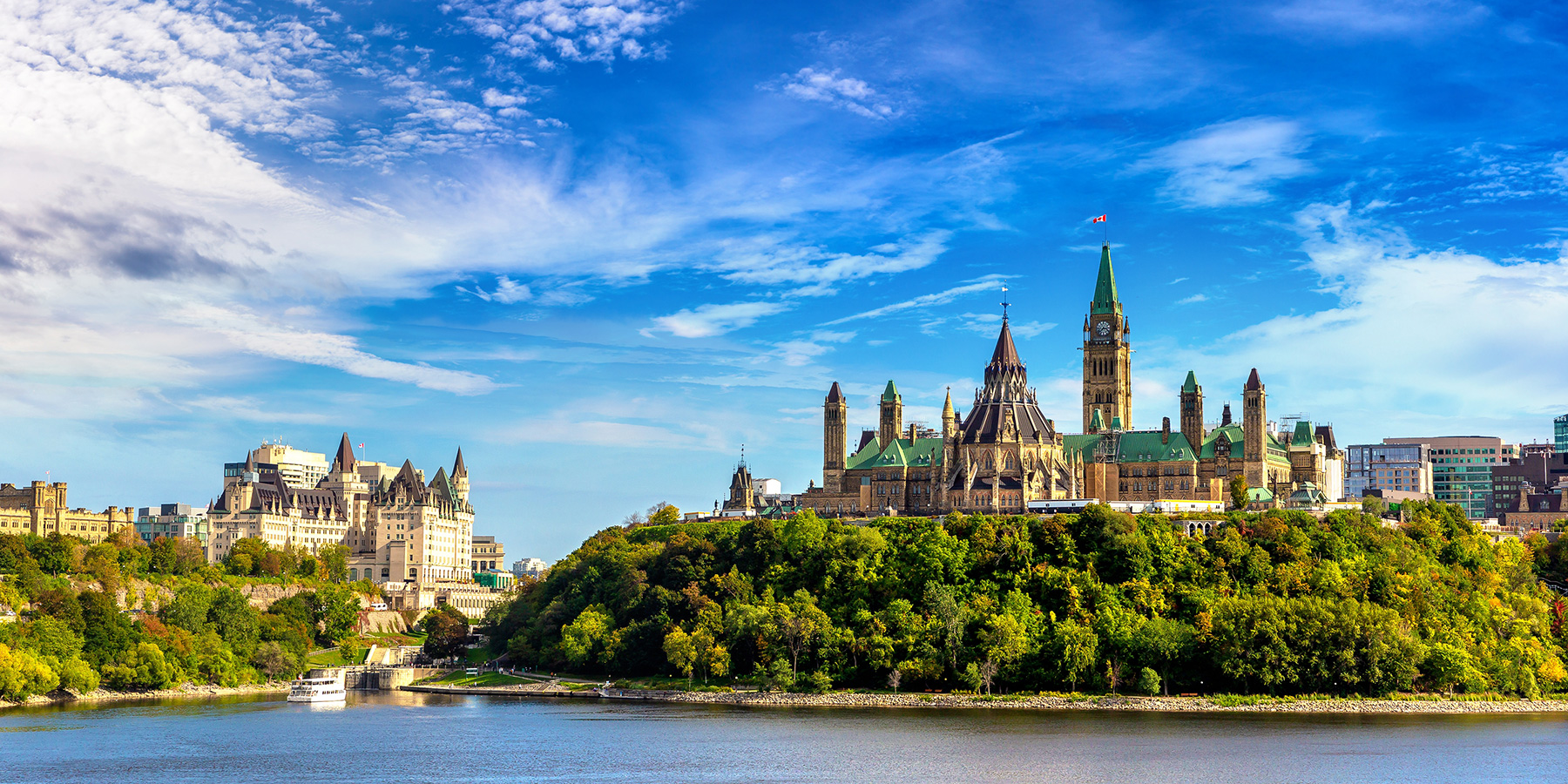
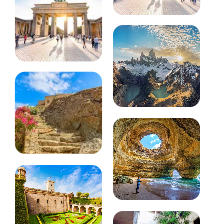

Comments